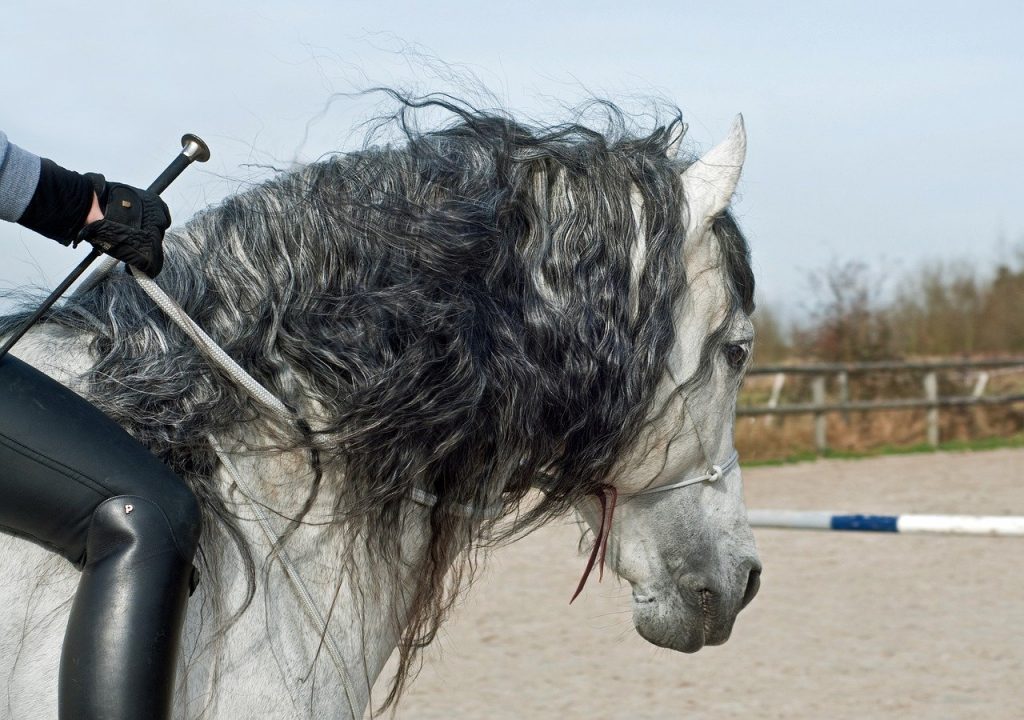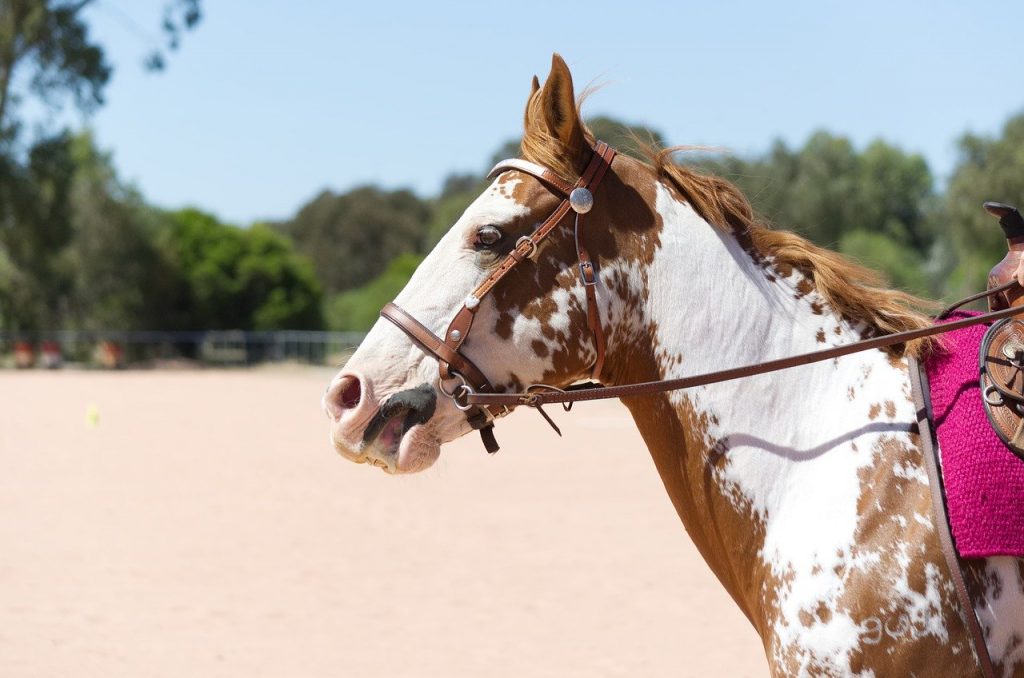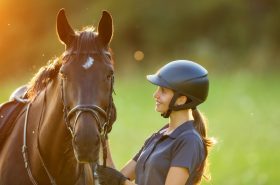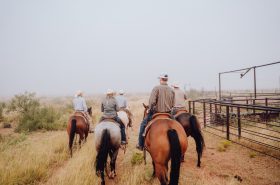Bitless riding may be a great option for you and your horse!
When you discover bitless riding, you will enter a whole new world! While riding with a bit is considered normal, some folks have begun questioning it. With more and more riders turning to riding bitless, you may be wondering if it’s a good option for you and your horse. Should you stick to the norm or venture into new territory?
Hopefully, these questions will help you figure what you should do!
Should you try a bitless bridle?
There are some real benefits to riding without a bit. Please be aware some competitions will require the use of one. It’s important you stay away from trends or looks though. Make a decision that puts the best interest of your horse first.
Let’s take a look at young horses. In many training barns, an inexperienced horse would start off in a cavesson, rope halter, or hackamore. The based for this practice is to establish good communication without ruining the horse’s mouth. Many natural horsemanship and classical trainers continue bitless, while others switch over to a bit after the foundation is built.
Riding schools and dude ranches should also consider using bitless bridles. An inexperienced rider or one with heavy hands can do substantial damage to a horse’s mouth with a bit. A non-leverage bitless bridle protects the horse from a painful jerk on the mouth and fearful grips. They’re also handy for those that have inconsistent contact.
And yet another group that stand to benefit from bitless riding are horses with mouth issues. Whether they have small lesions and cracks or have a jaw deformity, bitless bridles can provide relief both temporarily or permanently. Furthermore, some horses develop unresponsive mouths from harsh hands. A bitless bridle can apply pressure in a different and unfamiliar area.
Ultimately, good communication comes from more than just your hands. A responsive horse reacts to seat and leg cues, as well. A bitless bridle may encourage you to ride your horse fully and not just through their mouth.
How should you transition your horse to bitless?
First, make sure to proceed forward with positive thoughts. When many riders switch over, they become consumed with the idea that they are losing control. The reality is a frightened horse will run through any pain or pressure caused by a bit. You can’t control a scared horse with force.
The next step is to make sure your horse responses to basic leg and rein pressure. Teaching your horse to yield their hindquarters is a great exercise for this. You should practice your aids from the ground before you get into the saddle though. A few more exercises to try include backing up, turning, halting, and laterally flexing.
It’s important you use rhythmic pressure with a bitless bridle. That means don’t apply steady contact, instead pulsate the pressure. Your horse won’t have anything to lean on! Always try the lightest amount of pressure first. This might mean opening and closing your fingers around the reins in rhythm, rather than directly pulling.
What is the best bitless bridle?
With the popularity of bitless bridles on the rise, there are many more options to choose from. Each one has a different level of pressure and action. It’s essential you select one that fits your horse’s individual needs. Furthermore, the discipline you participate in can influence your decision.
Consider this brief overview:
- A side pull- Pressure is applied on the top and side of the nose
- Crossunder- Pressure on the nose, cheeks, and poll
- Hackamore- Nose pressure only
- Rope halter- Nose pressure only
- Leverage style- Pressure on the nose and under the jaw
You must factor in your horse’s comfort, sensitivity, experience level, past trauma, and type of discipline.
With more choices and support than ever before, bitless riding may be right up your alley. More and more riders are putting their horse’s comfort before anything else. Who knows… In the future, bitless riding may become the new norm.
**
Emily Fought discovered her passion for horses early on in life. When she isn’t writing about them, you can find her in the barn riding. Although Emily’s background is in dressage, she enjoys cross-training and is an avid trail rider. She resides in Northwestern Pennsylvania with her husband and small dog. Together, they own and operate Humblewood Farm.





